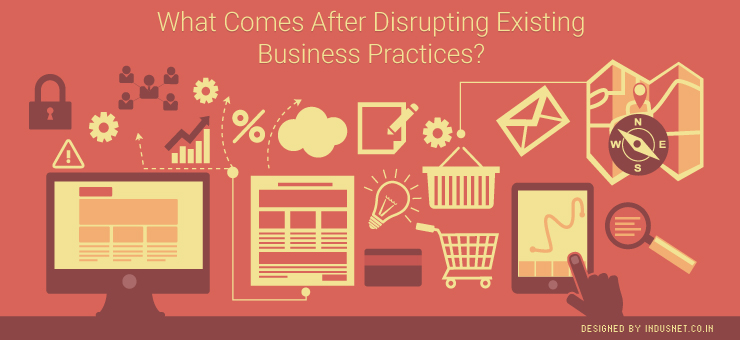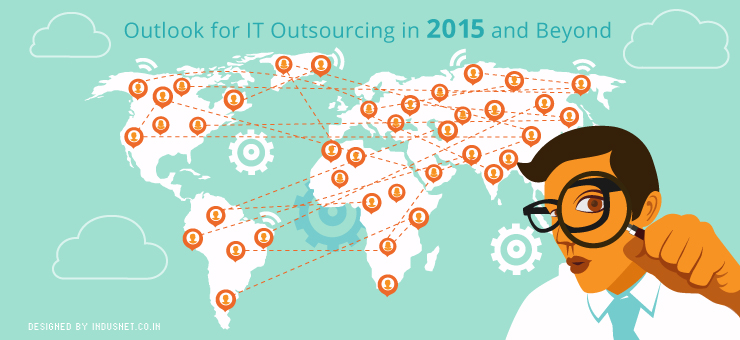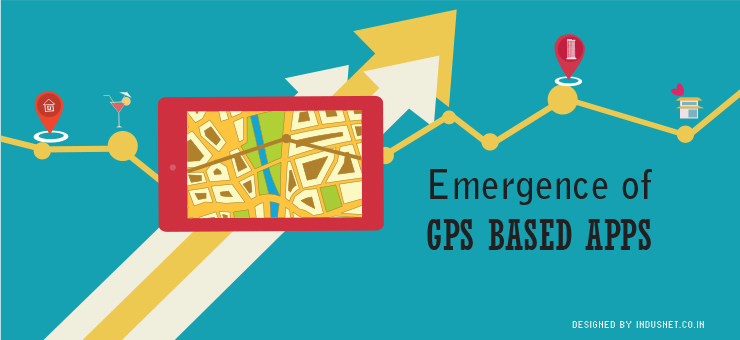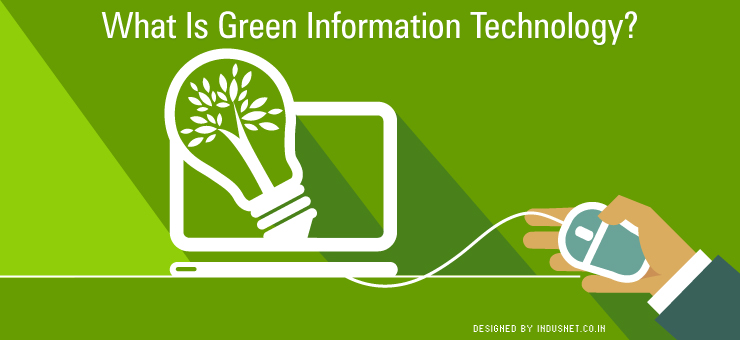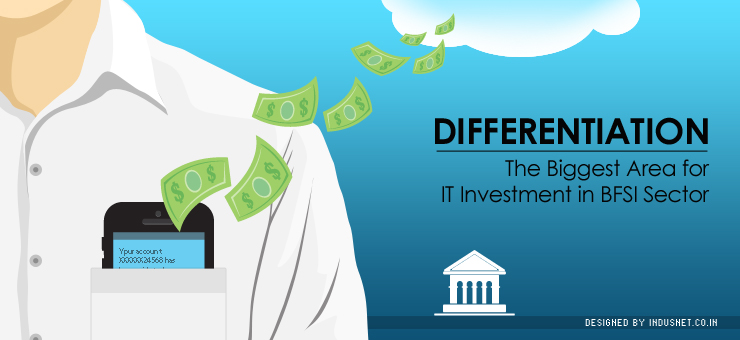
Is your ERP solutions partner as efficient as your ERP System?
“The era of digitalization has made the business world of today complex and volatile. The software can support a company, but it can also act as a brake when it is inflexible and obsolete.” – Rödl & Partner ERP systems are revolutionizing the world of retail and how. Nowadays, all entrepreneurs with an expansive base of operations choose to simplify their business processes by deploying management systems like the ERP. The future of Enterprise Resource Planning Systems has never been brighter, and it has become a popular management technology in India as well. However, procuring an ERP for your enterprise isn’t enough to ensure seamless performance and worry-free round-the-clock management. Being an intricately designed software interface, ERPs require impeccable servicing, from the moment a need for it is identified, right up to its installation. A solution partner will be there beside you every step of the way to help you adapt to the changing landscape. Besides offering comprehensive advice and innovative solutions, any ERP consultant worth their dime provides holistic support for companies with international operations. Remember, your ERP is as good as your ERP partner. To get the most out of your software, you must work alongside a good service provider. ERPs afford a future-oriented user-experience IT strategy for the enterprises of tomorrow. Today, they are capable of dexterously managing every aspect of your business. They can put your company “on the road to success, especially in the core areas of planning, reporting, finance, controlling and logistics” (Rödl & Partner). In the increasingly automated retail landscape, ERPs are becoming a necessity rather than a mere luxury. Once the need for an ERP system is recognized, an informed decision must be made regarding the kind of ERP your enterprise needs. In this respect, it is advisable to consult a solution partner before settling for the ERP you’ll ultimately choose to engage with. “Failure is incumbent when you invest in things without thinking long and planning ahead of them”. Remember that selecting the right software is a lot like signing a business contract—not easily retractable once implemented. After you’ve made your mind up and committed to the planner, you are in it for the long haul. This is primarily because the initial investment involved in installing an ERP is very high. Therefore, replacing it due to dissatisfaction with the existing system is not really a viable option. Furthermore, developing a level of intimate familiarity with the model (of your choice) is of paramount importance, if you’re uploading control and access to your enterprise onto the resource planning system. This offline to online transition is made easier with the help of an expert to walk you through the imminent changes likely to take over your operations model, post-installation. Constant maintenance, monitoring, and upgradation of the ERP software is also required, and for that, it is crucial to avail the services of a reliable ERP solutions partner that is as efficient as your ERP. In addition, it is better for you and your ERP system, if your solutions partner is prompt and proficient intending to immediate hiccups, glitches, and related issues that are bound to appear in your enterprise technology with time. High responsiveness to ERP-related emergencies is always a quality that determines the reliability quotient of your solutions partner. There needs to be a team of skilled and intuitive personnel ready for dispatch, whenever the need arises, at any point during the product’s lifecycle. If you’re curious and skeptical about how much enlisting this support system will cost you (especially considering the lump-sum investment in purchasing the ERP software), frankly speaking, that is a small price to pay if you consider the amount of savings ERP implementation will generate for you. But if you want to get the implementation right, a good consultancy can maximize your ERP’s competitive potential. In an ideal world, the software would work endlessly without bugs, hardware wouldn’t break down and employees would run like clockwork with fail. But disasters happen with technology, just as easily as human resources. To avert the loss of productivity caused by such unavoidable breakdown of man-made systems, ERP solution partners come into play. In case of deciding on a consulting partner, take into account the scale and type of your business. Based on your needs, you can either opt for a full-service provider or problem specific services. To select the right solution for your business, understand exactly how much the project will cost at each stage and chalk out the timeline for each phase. Having a thorough discussion about price can prevent future surprises and disappointment, including the Upfront cost, Support coverage, and Recurring costs. Complete understanding and clarity about the partner’s role from start till end will help shape a contract both parties are happy with. Remember to include: Timeline of go-live User-friendly Support & Services Regular upgradations on current statutory Bug fixing timeline A good partner will offer you solutions commensurate to and appropriate for your company. There is a host of specialized services that are offered in addition to the common ones: Strategy and innovation consulting Requirements analysis and implementation Improvement of your business processes Operation of the total solution including application management There is a popular saying in the business stratosphere, it is no longer enough to manufacture a good product; it needs to be followed up with good servicing. The same applies to the ERP market as well. Without a reliable and efficient solutions partner to fall back on, the entire prospect of improving your business operations with your new state-of-the-art ERP goes for a toss. To get you up and running quickly, Breeze offers ERP Implementation service to meet your business management needs and get you started quickly. Choose from: Rapid Essentials Implementation Service, which covers essential key functional areas and goes live user training Essentials Plus Implementation Service, where you can include additional requirements tailored to meet your business’ specific needs Customised Implementation Service, designed specifically for your business FEEL FREE TO CONTACT US FOR A



